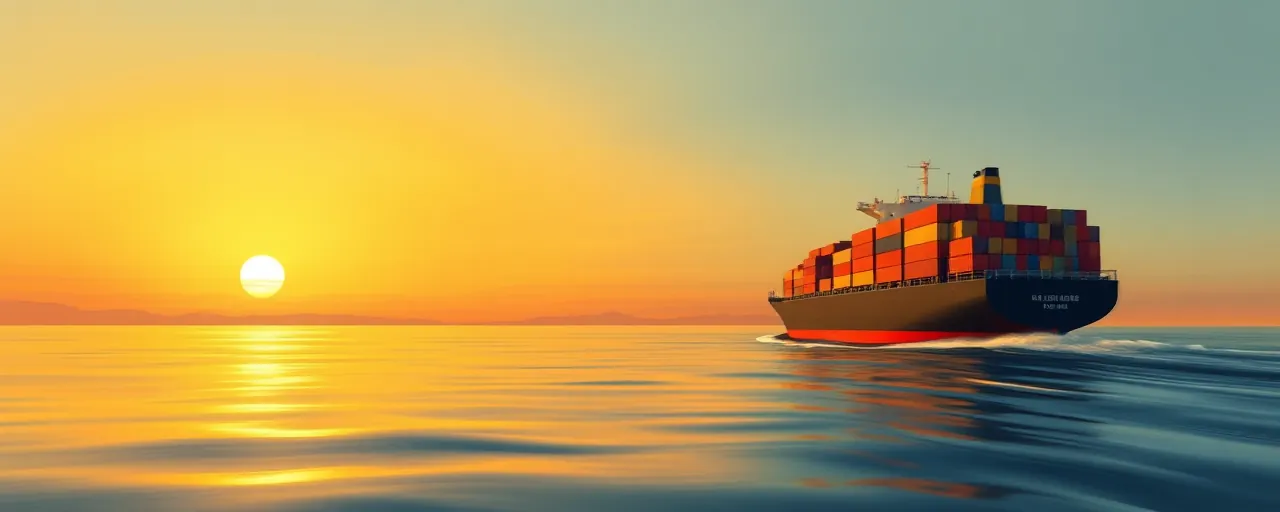A Call Across Borders
On April 8, 2024, U.S. Secretary of Defense Pete Hegseth dialed Egyptian Minister of Defense General Abd-al-Majid Ahmad Saqr. The call wasn’t just a courtesy. It came out of nowhere amid escalating tensions in the Red Sea, a vital artery for global trade. Both leaders zeroed in on a shared goal: keeping the region stable. With Iranian-backed Houthi rebels targeting ships and choking the Suez Canal, the stakes couldn’t be higher. Their conversation underscored a partnership that’s been quietly humming along for decades.
Hegseth and Saqr didn’t mince words. They agreed the Houthis’ actions are reckless, hammering Egypt’s economy and rattling supply chains worldwide. The Suez Canal, a narrow lifeline between Europe and Asia, has seen traffic plummet as companies dodge the risks. For everyday people, that means pricier goods and longer waits for everything from electronics to fuel. The two defense heads vowed to tackle these disruptions head-on, leaning on a U.S.-Egypt alliance that’s weathered storms since the late 1970s.
The Red Sea Under Siege
The Red Sea isn’t just a stretch of water; it’s a global highway. About 12% of the world’s trade flows through the Suez Canal each year, alongside 15% of its seaborne oil. But Houthi attacks, ramping up since late 2023, have thrown a wrench into that flow. Daily canal crossings dropped 37.4% at their worst in 2023-2024, with over 163 recorded strikes on commercial vessels. Shipping firms, spooked by the violence, started rerouting around Africa’s Cape of Good Hope, tacking on weeks and millions in costs.
Iran’s hand in this mess is hard to miss. By arming the Houthis with drones and missiles, Tehran’s flexing its muscle in a region it’s eyed for centuries. Historical echoes ring loud; back in 1967, Egypt’s closure of the Straits of Tiran sparked the Six-Day War. Today’s disruptions aren’t so different, hitting Egypt’s canal revenues and jacking up shipping insurance tenfold. A fragile ceasefire in early 2025 eased some pressure, but Israeli-linked ships still face bans, keeping the canal’s future shaky.
A Partnership With Teeth
The U.S. and Egypt aren’t new to this dance. Since Egypt inked a peace deal with Israel in 1979, America’s pumped over $50 billion into its military, including $1 billion in sales greenlit for 2025. Think fast missile boats with cutting-edge radar; Egypt’s gearing up to patrol the Red Sea with more bite. This isn’t charity. The U.S. gets a stable ally smack in the Middle East, a counterweight to threats like terrorism and smuggling that spill over borders.
Voices on the ground see it both ways. Egyptian officials tout the cash as a lifeline for securing their backyard, while some U.S. lawmakers question if the aid’s worth the tab, especially with Egypt’s spotty human rights record. Still, the partnership’s held firm through Desert Storm in 1991 and counterterrorism ops today. For regular folks, it’s less about geopolitics and more about keeping the canal open so prices don’t skyrocket at the pump or the store.
Ripple Effects and Hard Choices
The Red Sea mess isn’t staying local. Rerouting ships has doubled delayed container capacity since late 2024, per the World Bank, pushing up inflation and snarling supply chains. Small businesses, from Cairo to Cleveland, feel the pinch as deliveries lag. Oil prices twitch with every attack, a boon for exporters like Iran but a headache for everyone else. Analysts warn prolonged instability could force a rethink of trade routes altogether, with nations eyeing pricy backups like rail or Arctic shipping.
Solutions aren’t simple. Beefed-up naval patrols, led by the U.S. and allies, aim to deter Houthi strikes, but Iran’s proxy game keeps the threat simmering. Diplomatic talks stumble over clashing interests; Tehran wants leverage, while Egypt and the West want calm. Some shipping execs argue for diversifying routes now, even if it costs more upfront. For people caught in the fallout, the question is stark: how long can the world afford to wait for a fix?
Looking Ahead
Hegseth and Saqr’s call wasn’t a one-off. It’s a signal the U.S. and Egypt are doubling down on a bond that’s less about headlines and more about results. The Red Sea’s woes test that resolve, with the Houthis showing no signs of backing off and Iran playing a long game. Both nations face pressure to deliver, whether it’s safer waters or a steadier economy. The partnership’s got history, sure, but its real value lies in what it does next.
For the average person, this isn’t abstract. It’s about jobs tied to trade, prices at the checkout, and whether leaders can keep chaos from spilling over. The Red Sea’s a pressure cooker, and its ripples hit hard. As the U.S. and Egypt dig in, the world’s watching, not just for stability, but for proof that old allies can still handle new fires.
